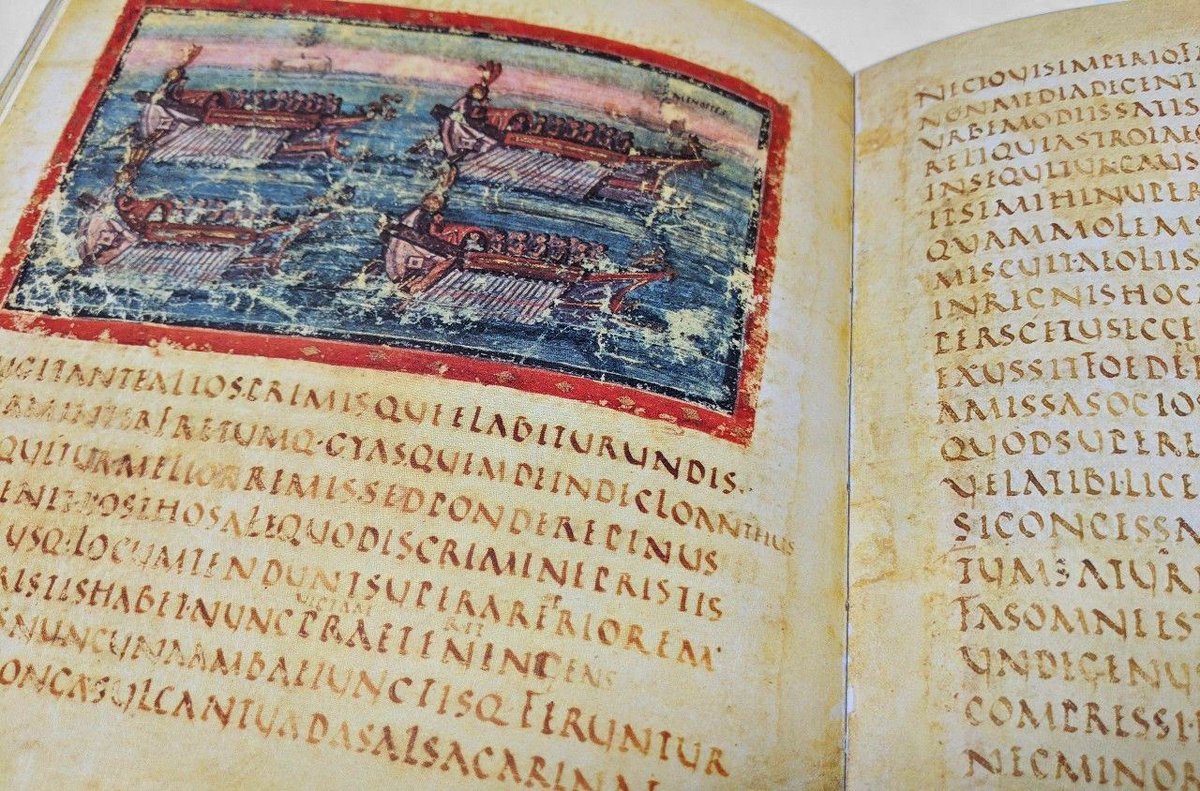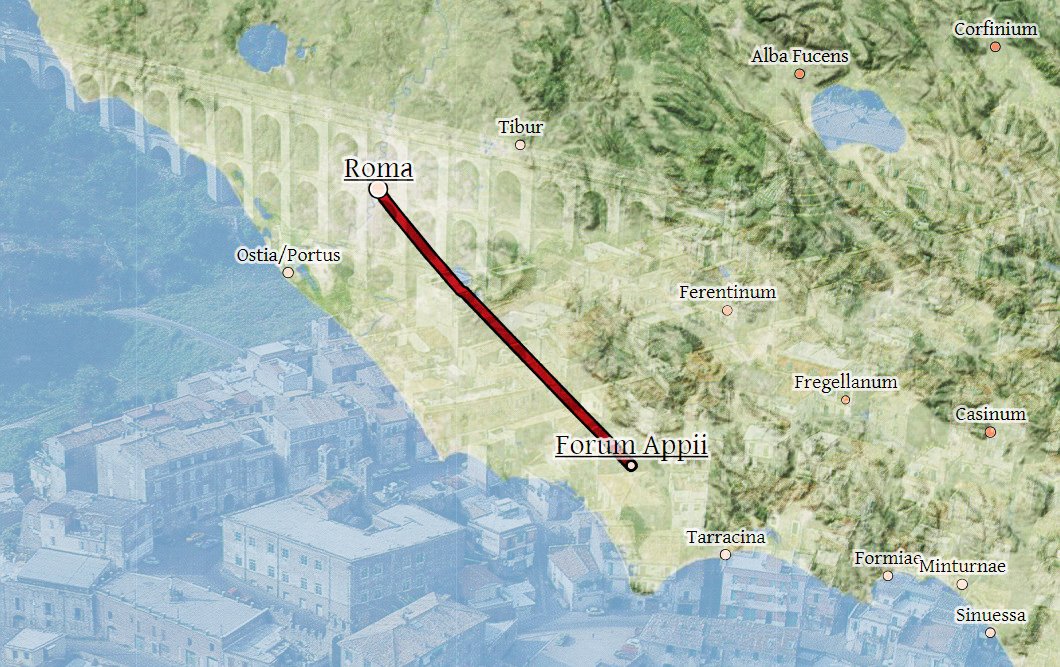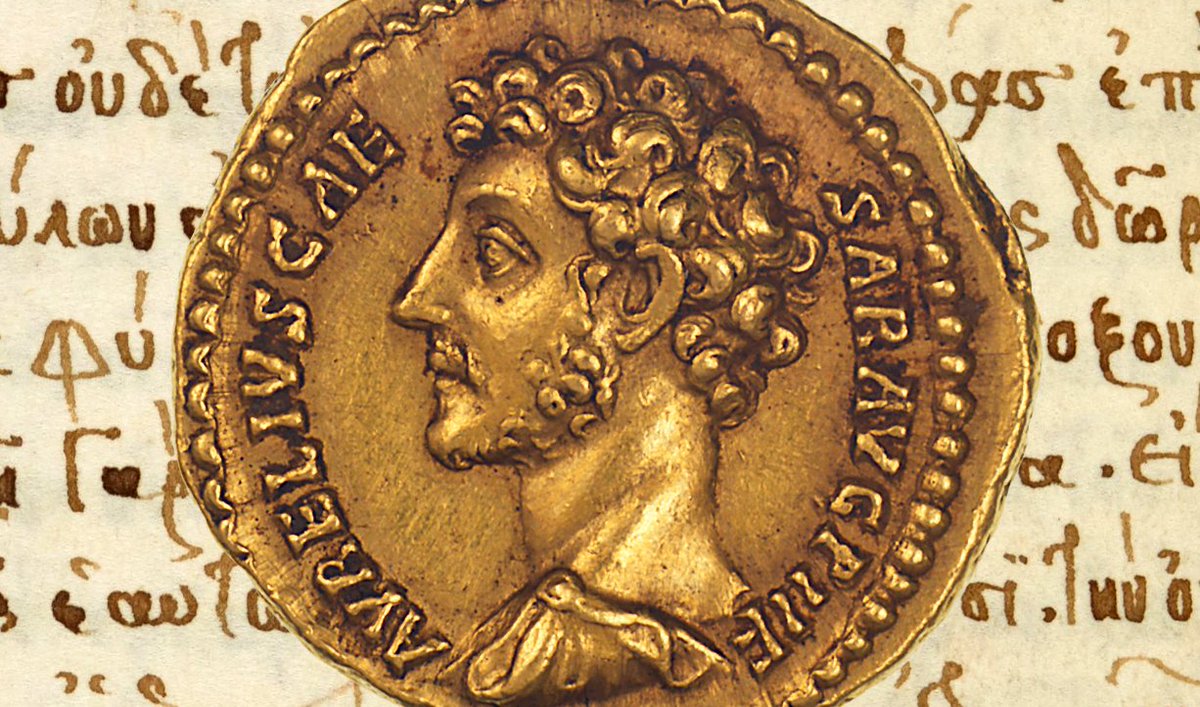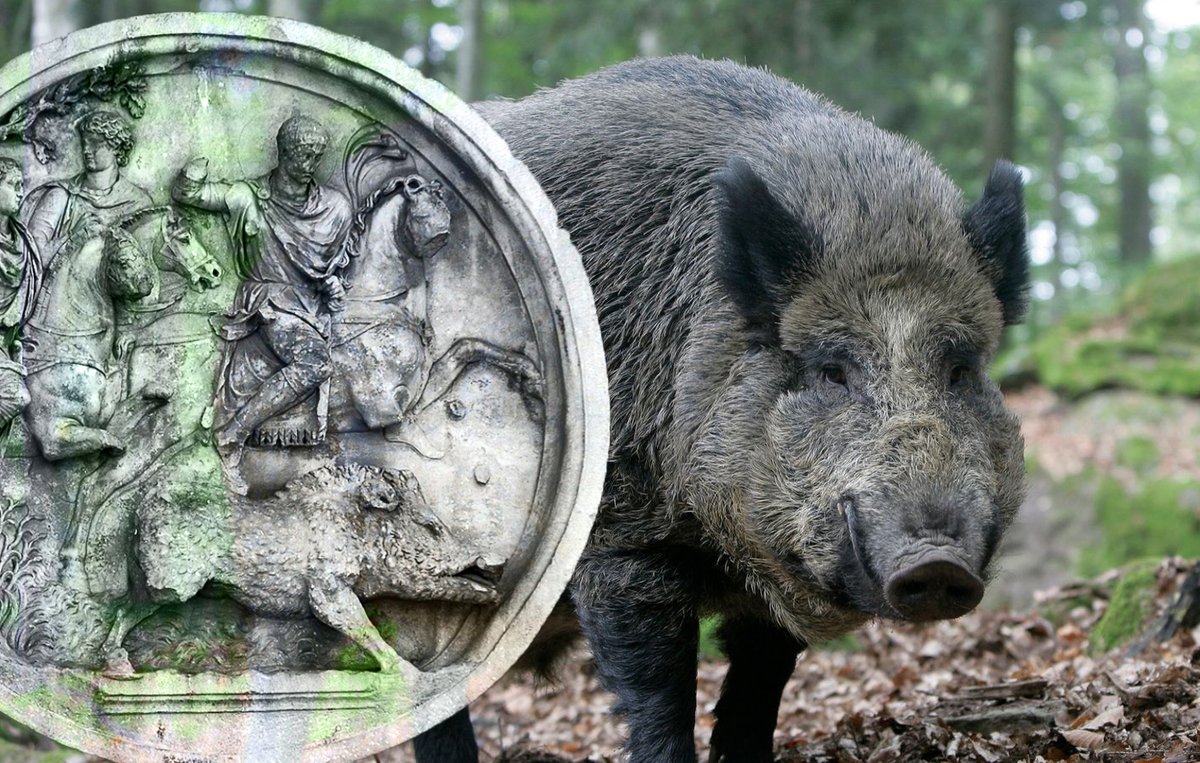
1) The delightful Colchester Roman Circus mosaic, a modern mosaic designed by archaeological artist Peter Froste, taking inspiration from a famous chariot racing mosaic in Lyon. The mosaic shows the excitement of a race at Colchester's ancient circus which was discovered in 2005. 

2) Chariot racing was extremely dangerous and the life expectancy of a charioteer was short. Here one of the racers crashes out with a broken wheel - such crashes were called 'naufragia' (shipwrecks) by the fanatical crowds, crying out "naufragium!" at the sight of an accident. 

3) On the central barrier (spina) of the circus we can see the seven laps of the race being counted with large sculpted eggs; circus spinae were ornamented with water features, columns and sculptures, here Cybele, the Great Mother of the gods, is mounted on a lion. 

4) A win for the Whites! At the culmination of the race, an official prepares to award the victor a two-handled cantharus drinking cup (very similar to a modern trophy!) as well as a laurel crown and palm leaf as symbols of victory. Nearby a herald blows a lituus horn. 

5) The wonderful mosaic was created by mosaicist Peter Herring in 2005-6, soon after the discovery of Colchester's ancient circus; he was assisted by 1,500 local people, mainly school pupils, helping to cut the tiny tesserae tiles! 

6) Though its existence was suspected for some time, the site of Camulodunum's Roman circus was only positively identified in 2005 - the only Roman circus in Britain known with certainty. The monumental 2nd century structure may have seated up to 8,000 spectators. 

7) The eight starting gates of the Roman circus today, with a lively reconstruction painting by Peter Froste showing the start of a chariot race. It is thought that a sophisticated mechanism was used to open all the starting gates at the same instant, releasing the eager horses. 


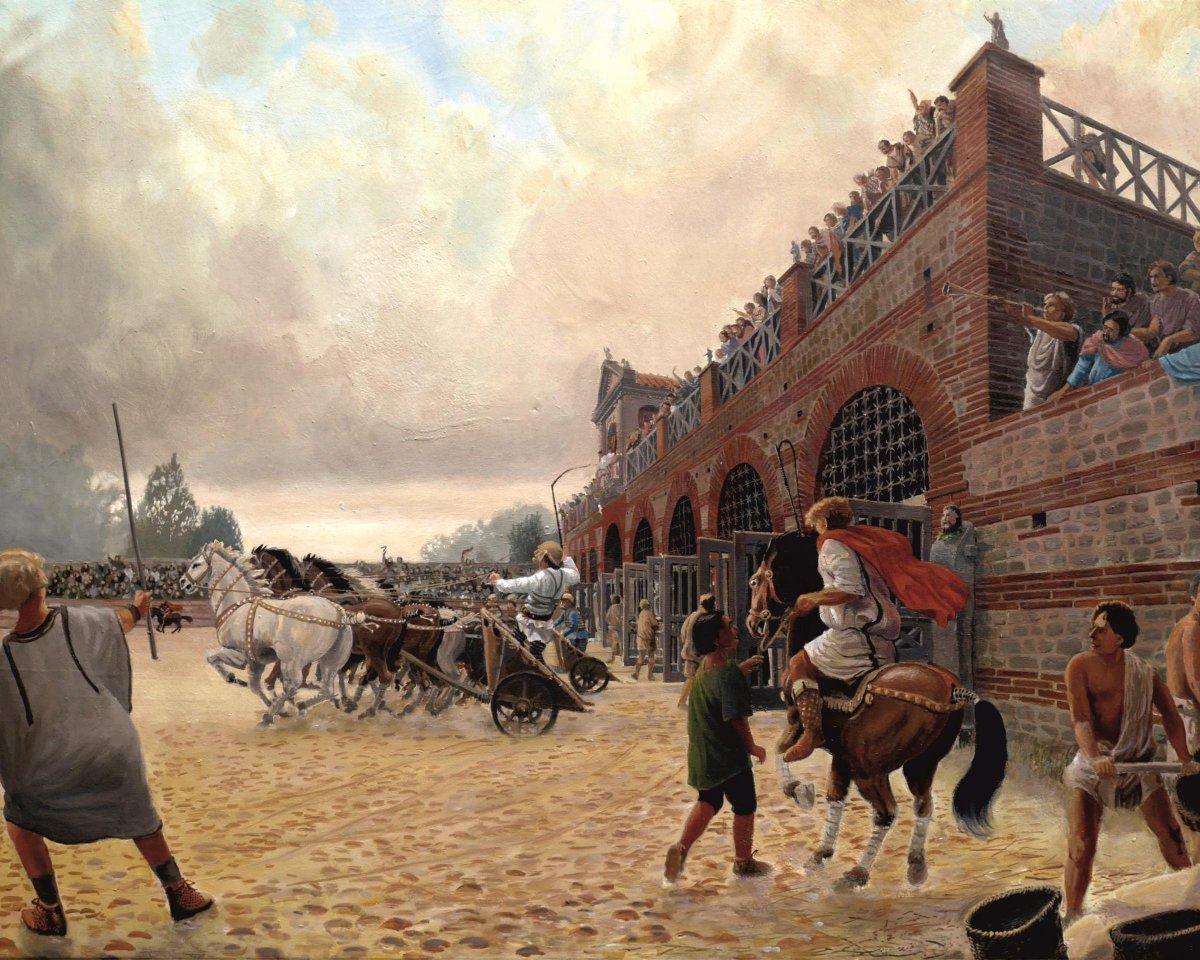
8) A quite brilliant model of the circus can be enjoyed at the Roman Circus Centre, where you can also get an excellent guided tour of the site. @ClassicistSJR and her team work very hard to protect and promote the remains, do support them by paying a visit one day. 
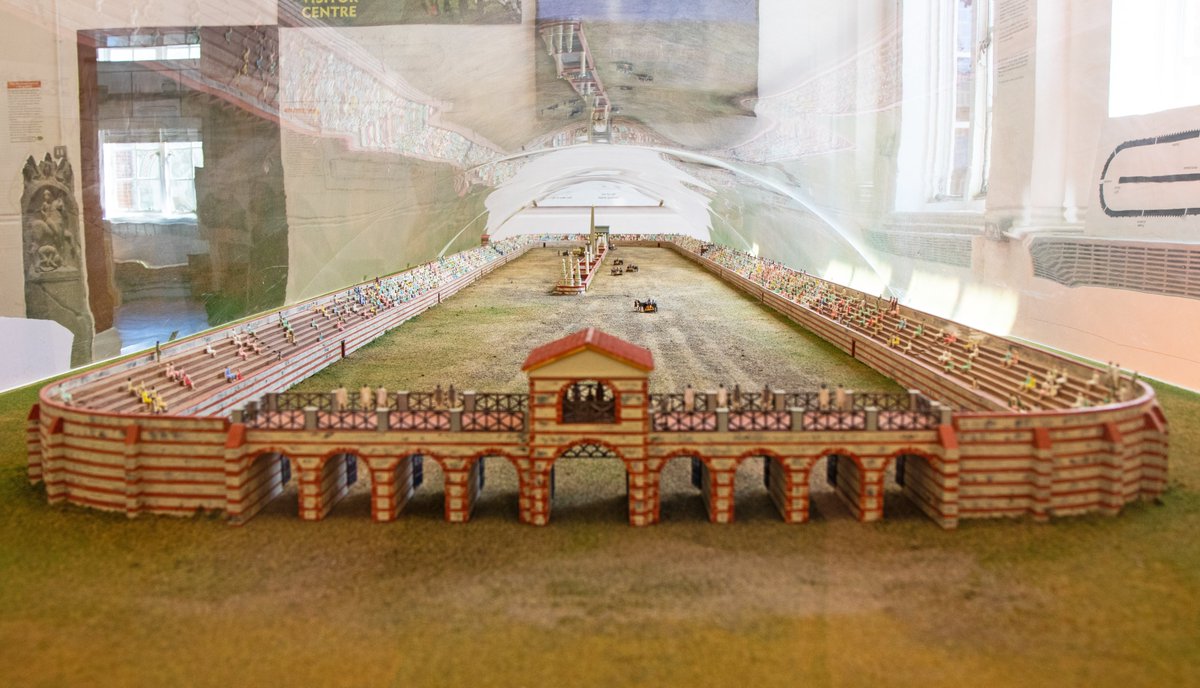
• • •
Missing some Tweet in this thread? You can try to
force a refresh
















